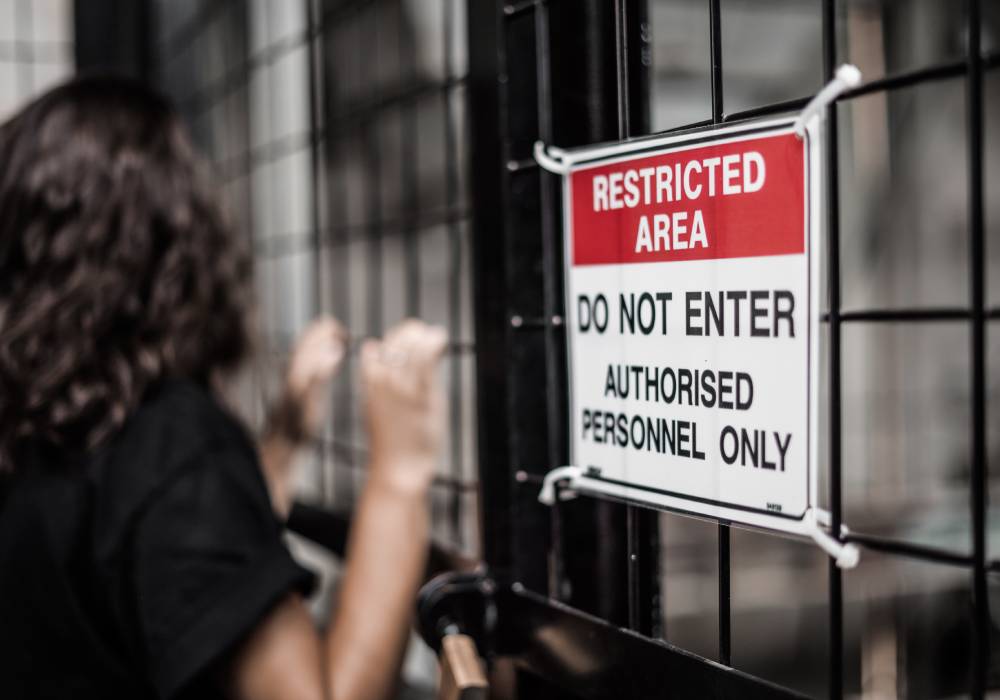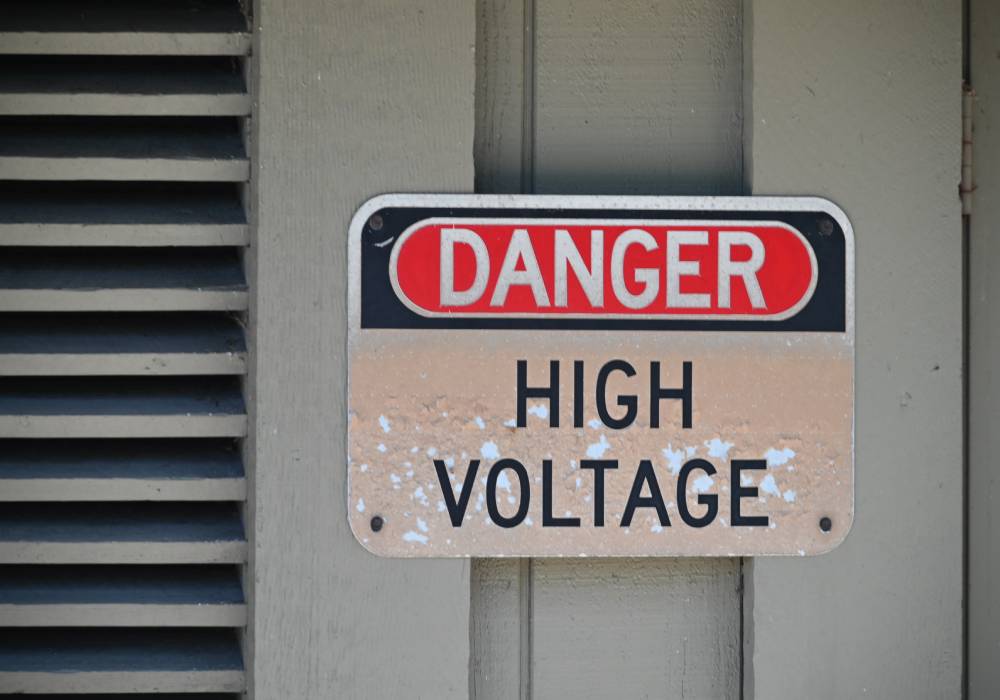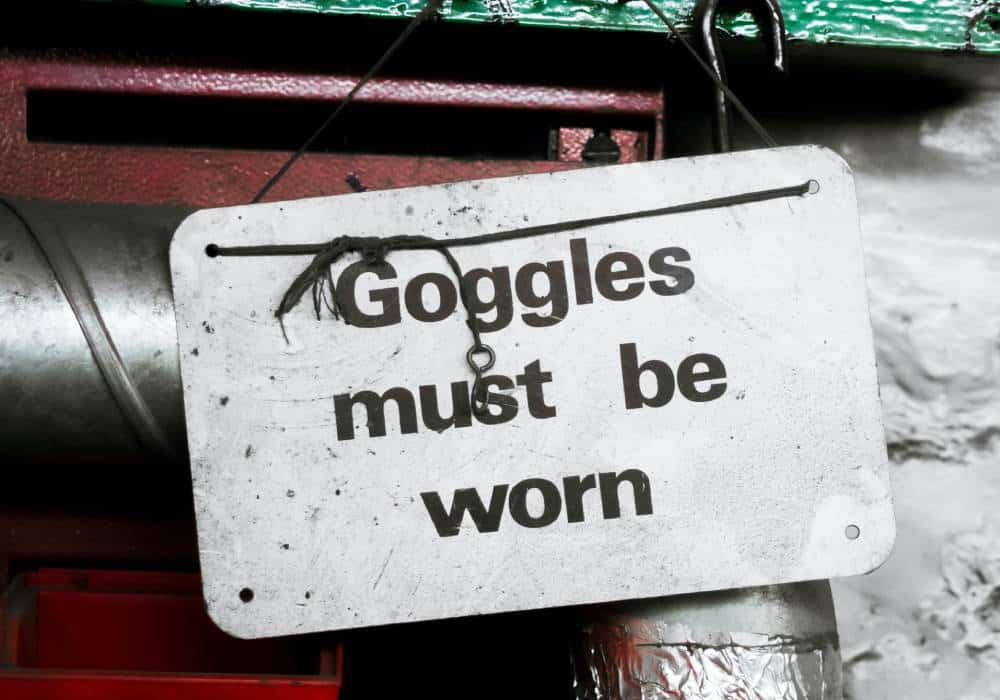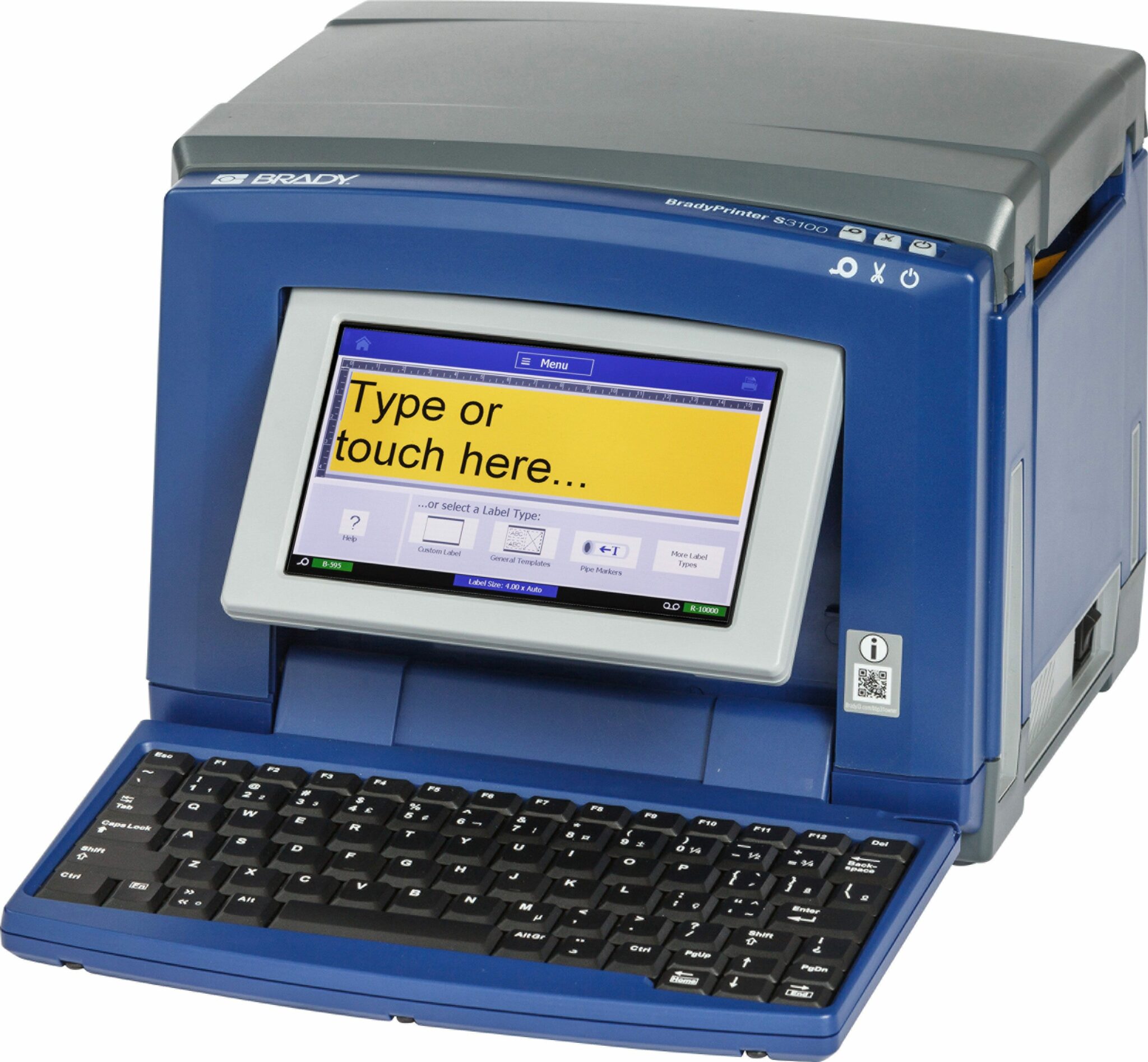Safety signage is an essential element of any workplace, helping to create a safe and secure environment for everyone.
Safety signs play an important role in safety communication. They alert people of potential safety hazards and provide instructions on how to stay safe while working in the area.
In this post, we’ll cover nine safety signs that every workplace should have. Let’s get started.
9 Types of Safety Signs that Your Workspace Should Have
There are several safety signs that can help ensure safety in the workplace. From warning signs to safety symbols, here are nine safety sign types every workspace should have:
1) Warning Signs:
A warning sign is used to alert people of safety hazards or potential safety risks in the area. These signs are mostly used to put attention on dangerous conditions that can lead to injuries but are not necessarily life-threatening. These safety signs should include a brief description or warning of the safety hazard, as well as any safety instructions that should be followed.
Some examples of warning signs include electric shock signs, wet floor signs, safety hazard signs, and any other safety warnings relevant to the workspace.
2) Caution Signs:
Caution signs are similar to warning signs, but they indicate a safety hazard that is less severe. These safety signs should also include safety instructions on how to stay safe in the area.
Some examples of caution signs include safety dust masks, safety glasses, and hazardous materials signs.
3) Mandatory Signs:
Mandatory safety signs are used to inform people of safety regulations that must be followed. These safety signs should include a clear description of the safety regulation and any instructions on how to follow them.
Some examples of mandatory safety signs include no smoking signs, safety helmet signs, and safety clothing signs.
4) Emergency Signs:
Emergency signs are used to alert people of safety risks in an urgent situation and provide access to emergency-related facilities when dangerous situations occur. These safety signs should include safety instructions on what to do if an emergency arises.
Examples of emergency information signs include fire safety signs, evacuation signs and first aid signs.
5) Prohibition Signs:
Prohibition safety signs are used to alert people of safety regulations that must not be broken. These safety signs should include a description of the safety rule and any instructions on how to follow them.
Examples of prohibition safety signs include no entry signs, no smoking signs and safety prohibition signs.
6) Danger signs
Danger safety signs are used to alert people of safety hazards that could lead to serious injury or death. A danger sign should include a description of the safety hazard and any safety instructions on how to stay safe in the area.
Examples of danger safety signs include high voltage signs, safety radiation signs and safety hazard signs.
7) Fire signs
Fire safety signs are used to alert people of safety risks that could lead to a fire. These safety signs should include safety instructions on how to prevent and safely manage a fire in the area.
These signs are used to show people the location of fire equipment such as fire extinguishers, fire blankets and hoses.
Examples of safety fire signs include fire extinguisher signs, safety smoke alarms, safety escape routes signs and safety exit signs.
8) Traffic signs
Traffic safety signs are used to alert people of safety risks related to traffic in the area. These safety signs should include safety instructions on how to stay safe when walking or driving in the area.
Examples of safety traffic signs include speed limit signs, crosswalk signs and safety traffic lights.
9) Regulatory signs
These safety signs are an essential element of any workplace, helping to ensure safety and security for everyone.
By having all nine safety sign types clearly visible and comprehensible, safety compliance is increased, and safety risks can be better managed.
Why Are Safety Signs Important in an Occupational Environment?
Safety signs are an important safety feature in any workplace. There are several reasons why safety signs are important in a work environment, such as:
1) Awareness and Compliance:
Safety Signs are essential for creating safety awareness and making sure safety regulations are followed.
2) Prevention:
Safety signs can help prevent safety hazards from occurring by clearly indicating safety risks and safety instructions.
3) Communication:
Safety signs are a great way to communicate safety information in an easy-to-understand format.
4) Education:
Safety signs can be used to educate employees on safety regulations and safety risks in the workplace.
Safety signs are a key component of any safety program and should always be present in any work environment to ensure safety and compliance.
What Is the Australian Standard for Safety Signage
According to the Australian standards for safety signage, safety signs must be designed and manufactured to the Australian safety sign standard – AS 1319. This safety standard outlines safety regulations for safety signage in the occupational environment.
Specifically, the AS 1319 requires the design of safety signs intended for use in occupational environments to do the following:
- Regulate and control safety-related behaviour
- Warn people of dangers and hazards
- Provide emergency information where applicable
Conclusion
Safety signs are an important safety feature in any workplace environment. They help create safety awareness, prevent safety incidents and communicate safety information to employees. Safety signs must meet the safety standards of the Australian safety sign standard – AS 1319.
At Jabac, we offer an extensive range of safety signs for different safety requirements and safety applications. We also specialize in creating customer signs according to exact specifications and safety requirements. Contact us today to learn more about our safety signage solutions and how we can help keep your workplace safe and compliant.
Categorised: 2023





